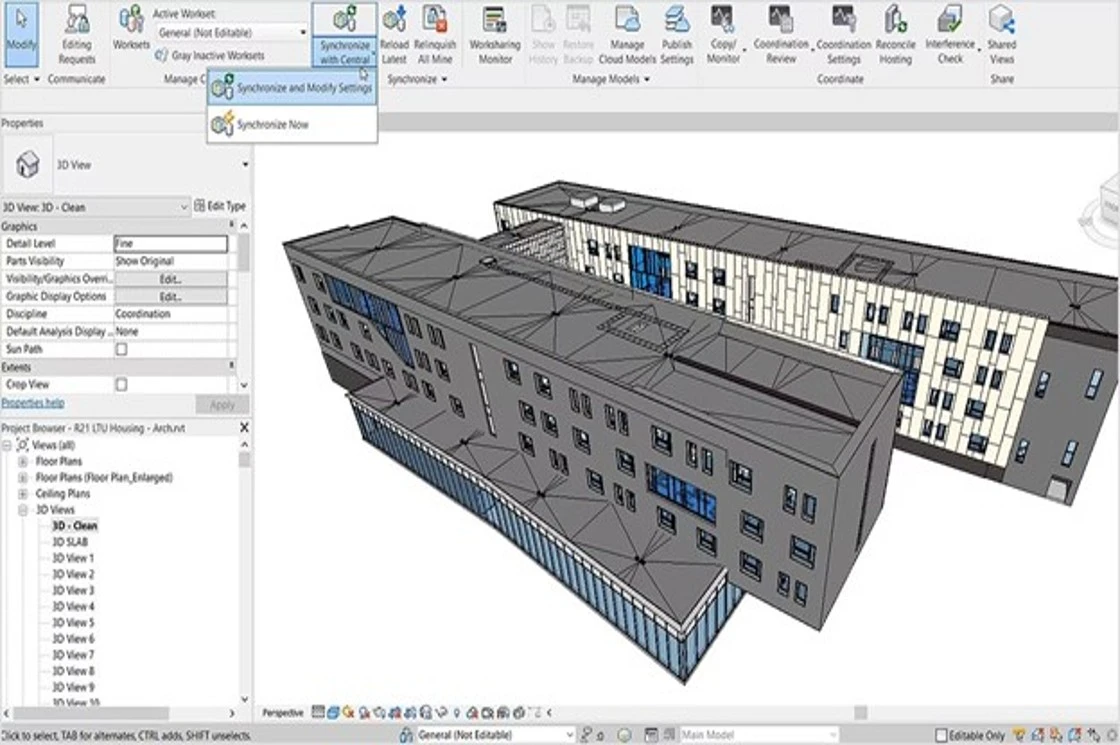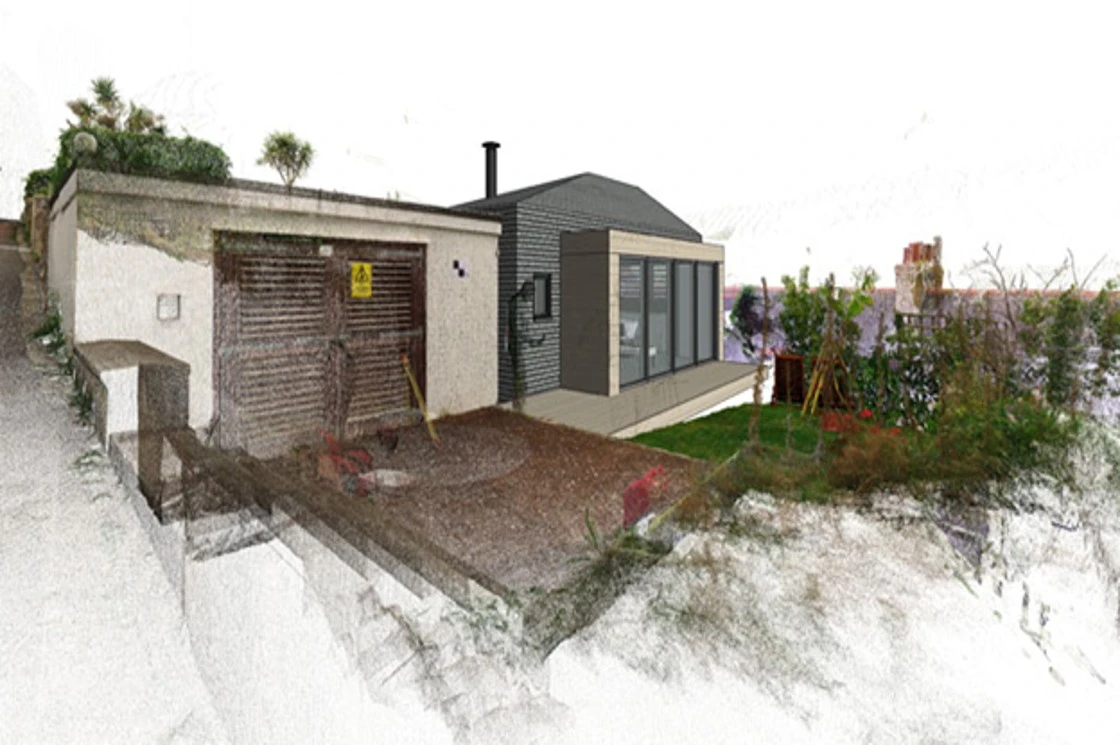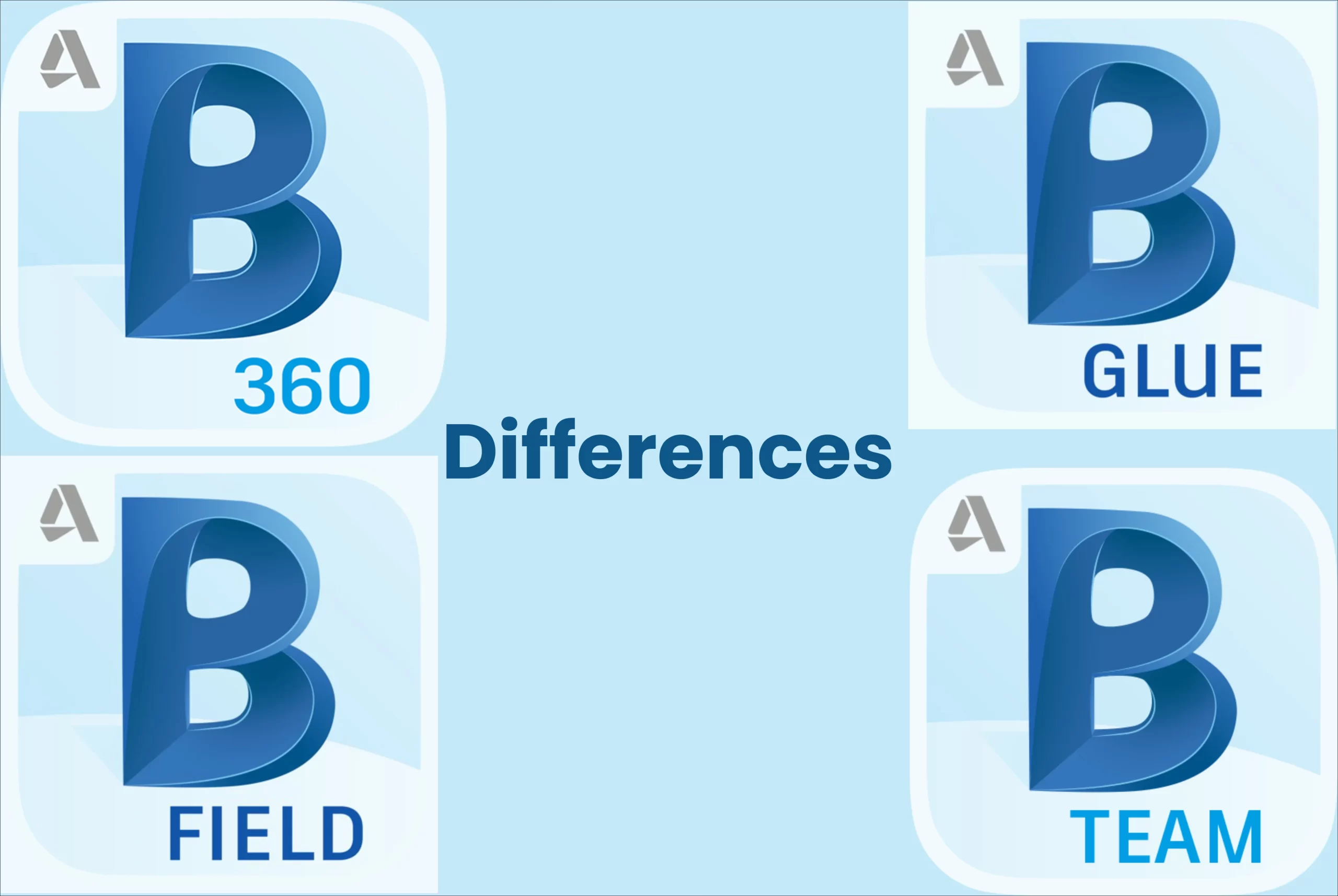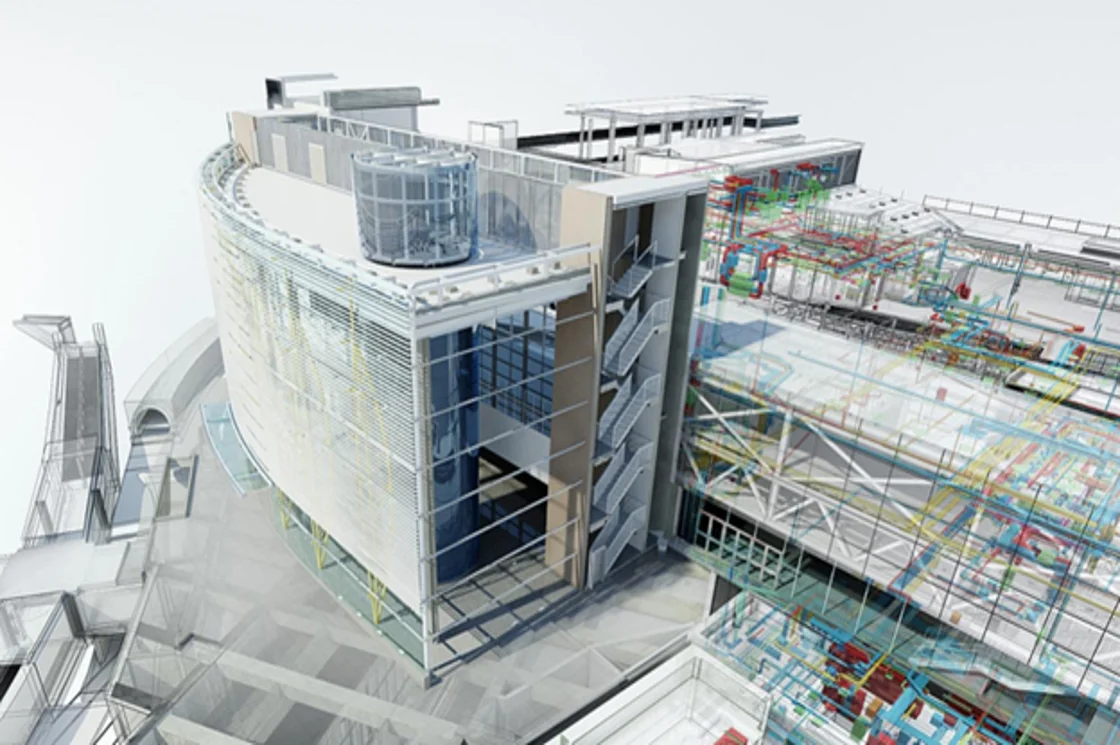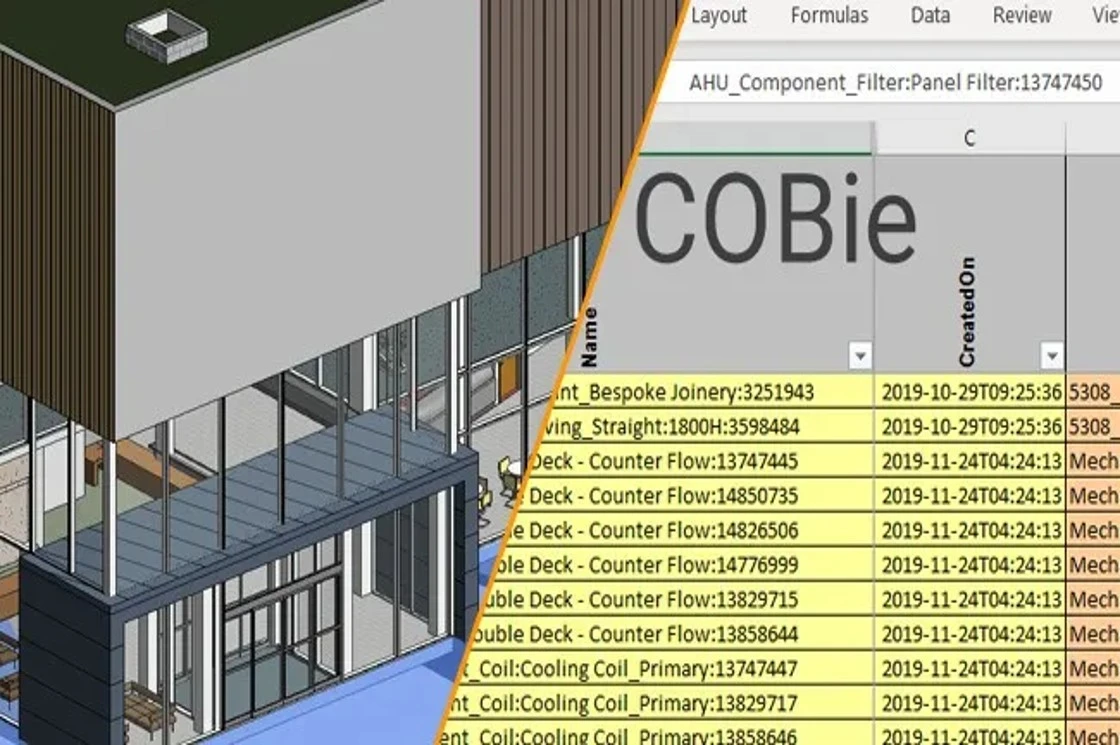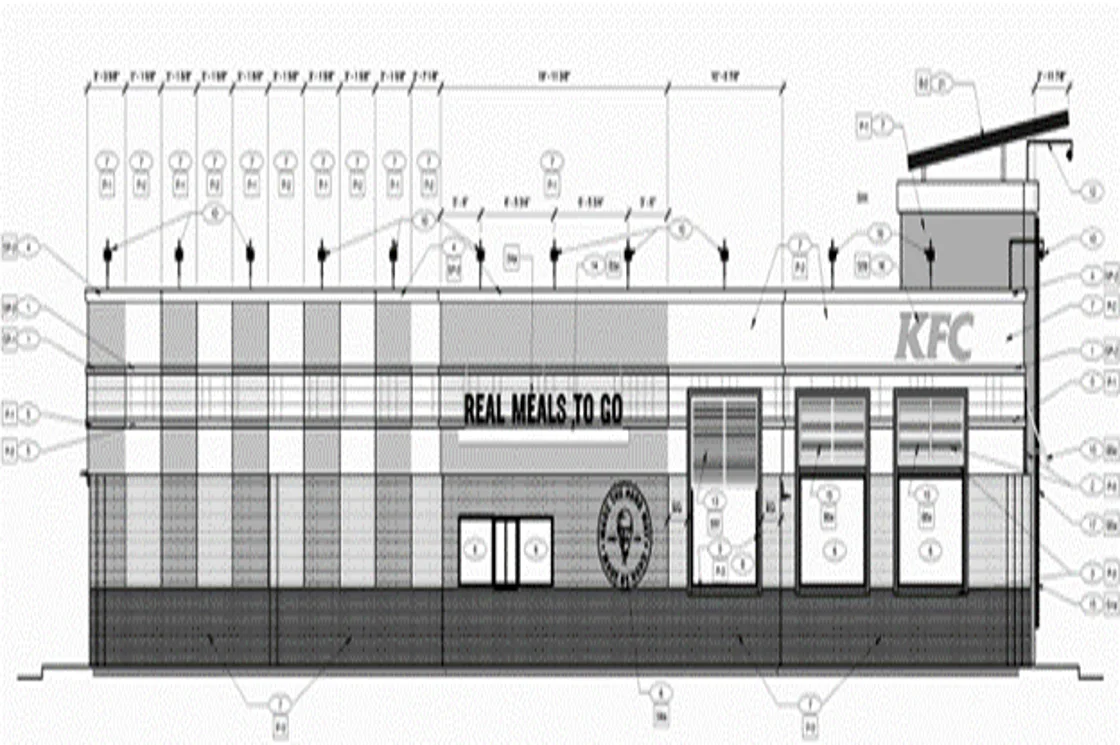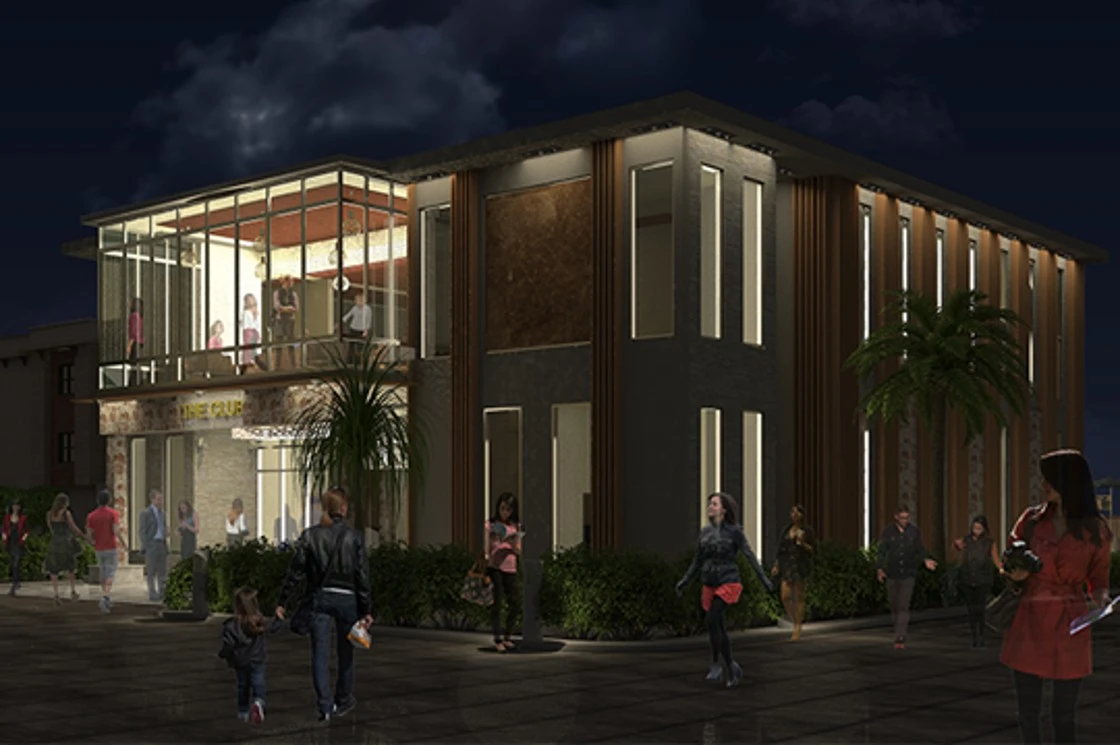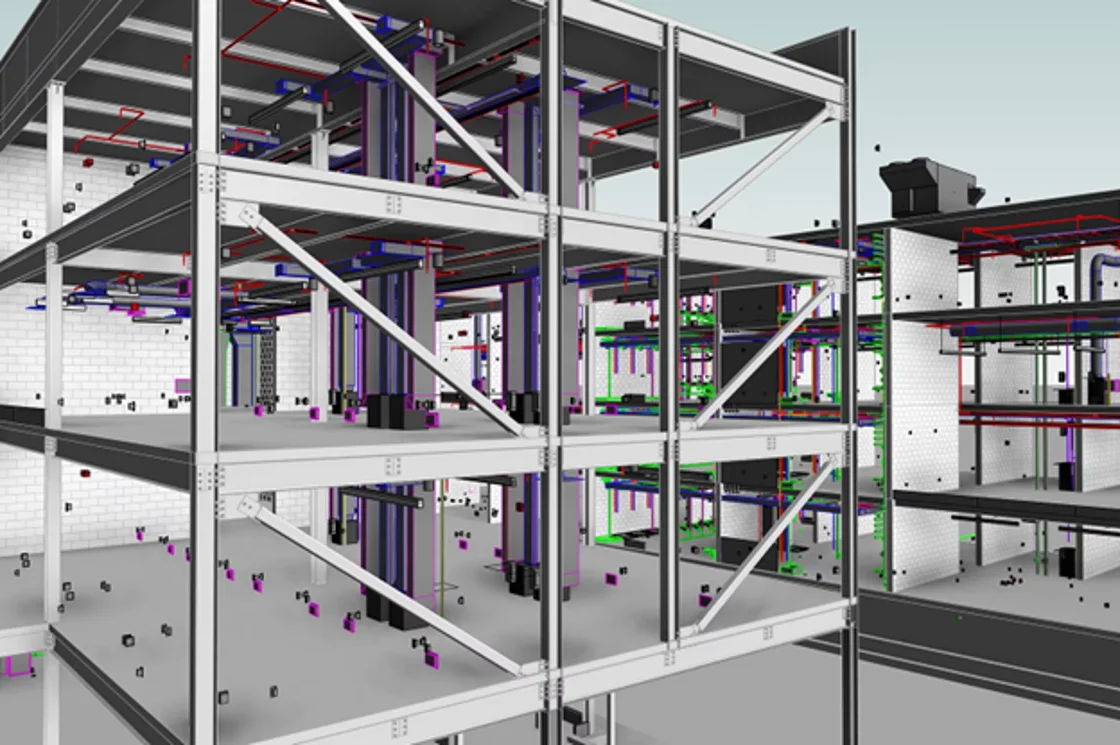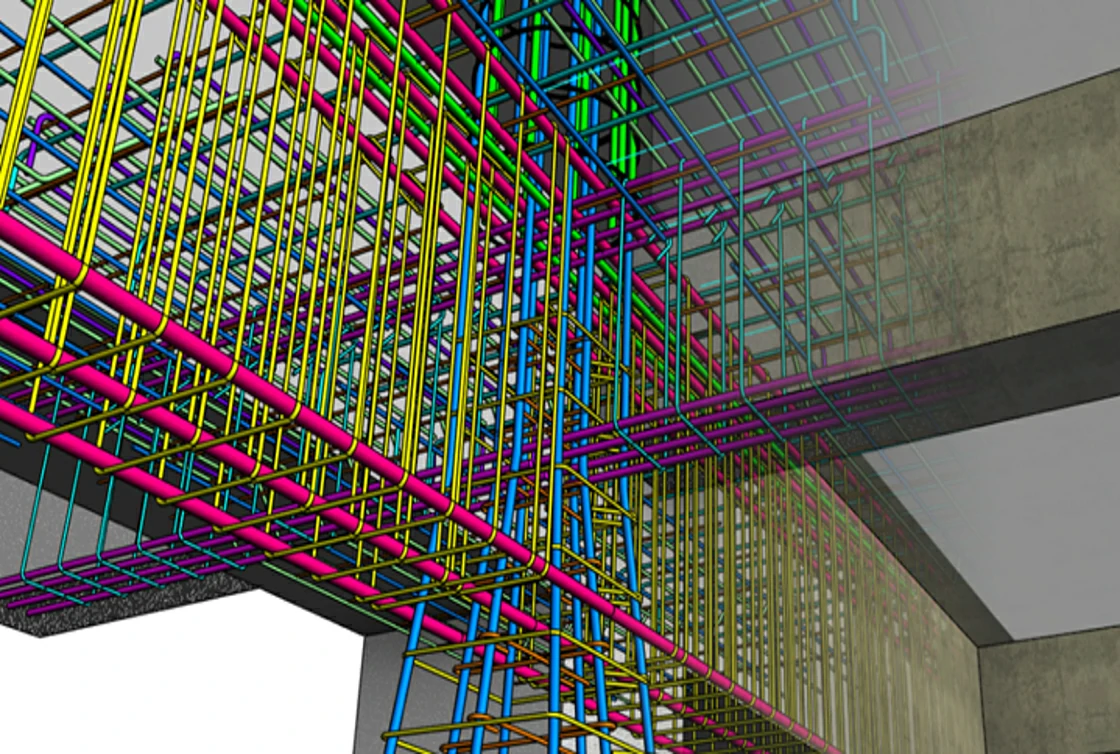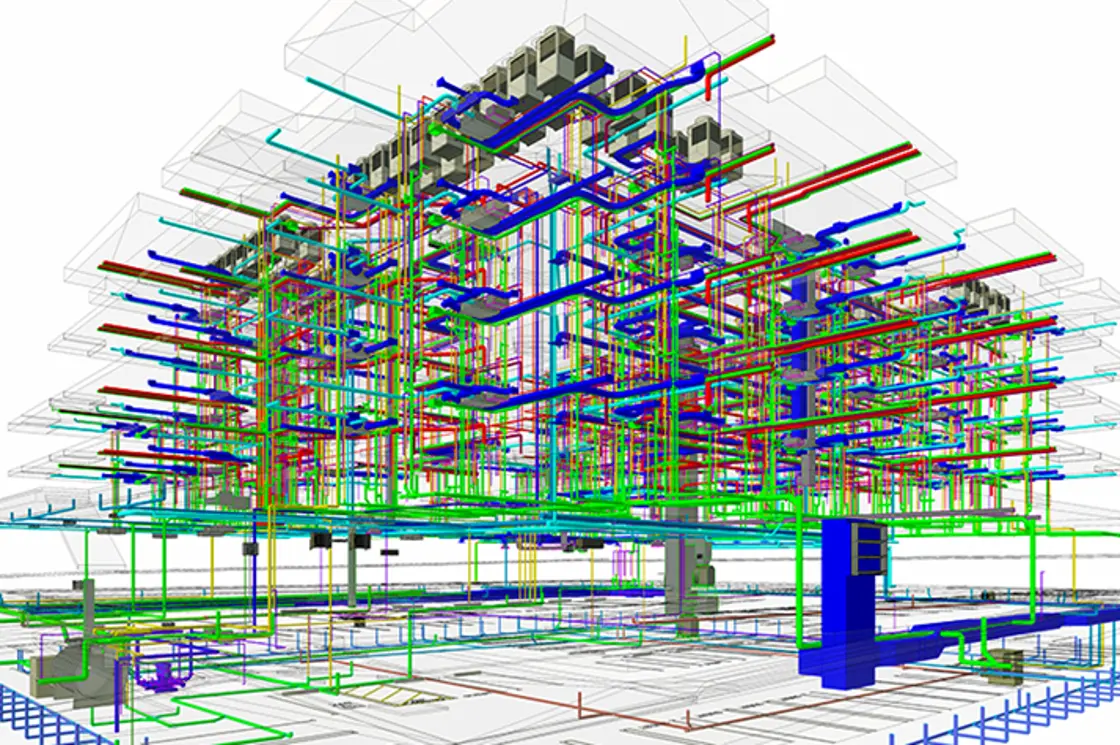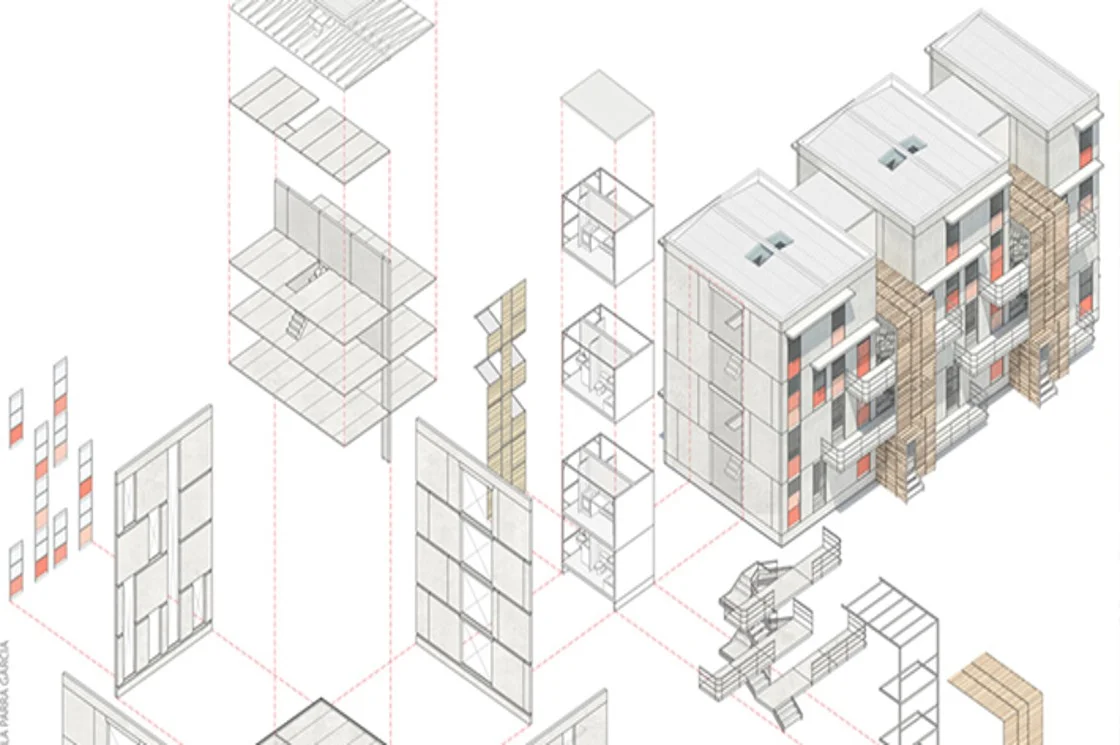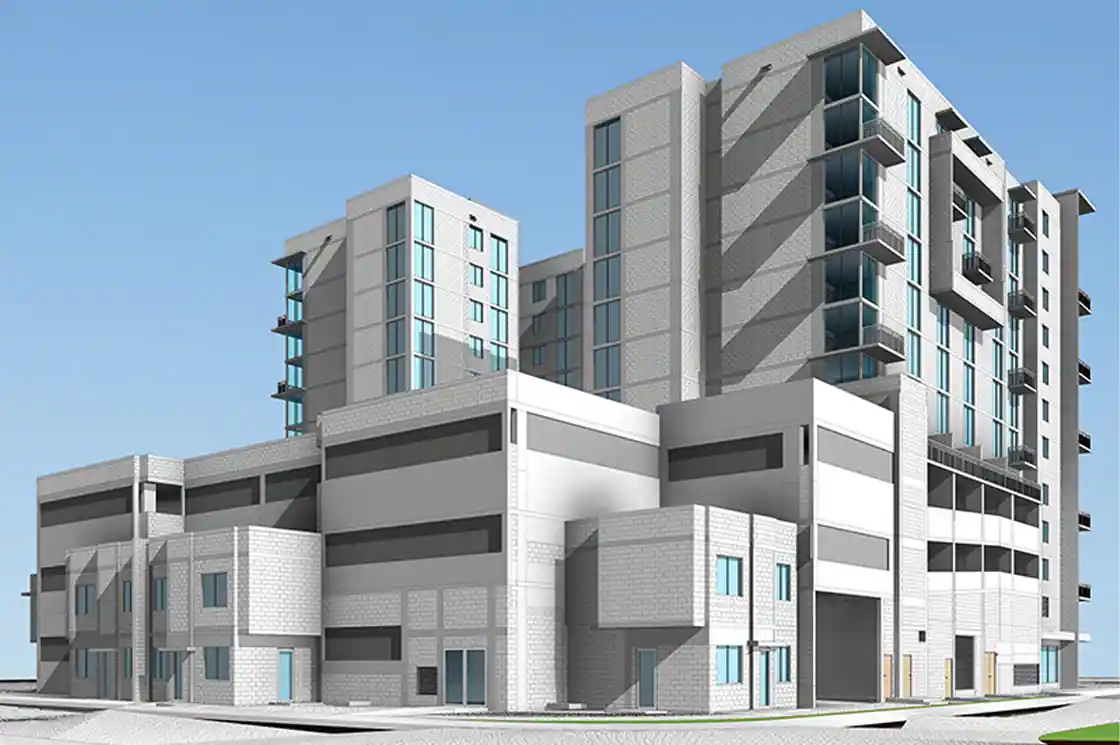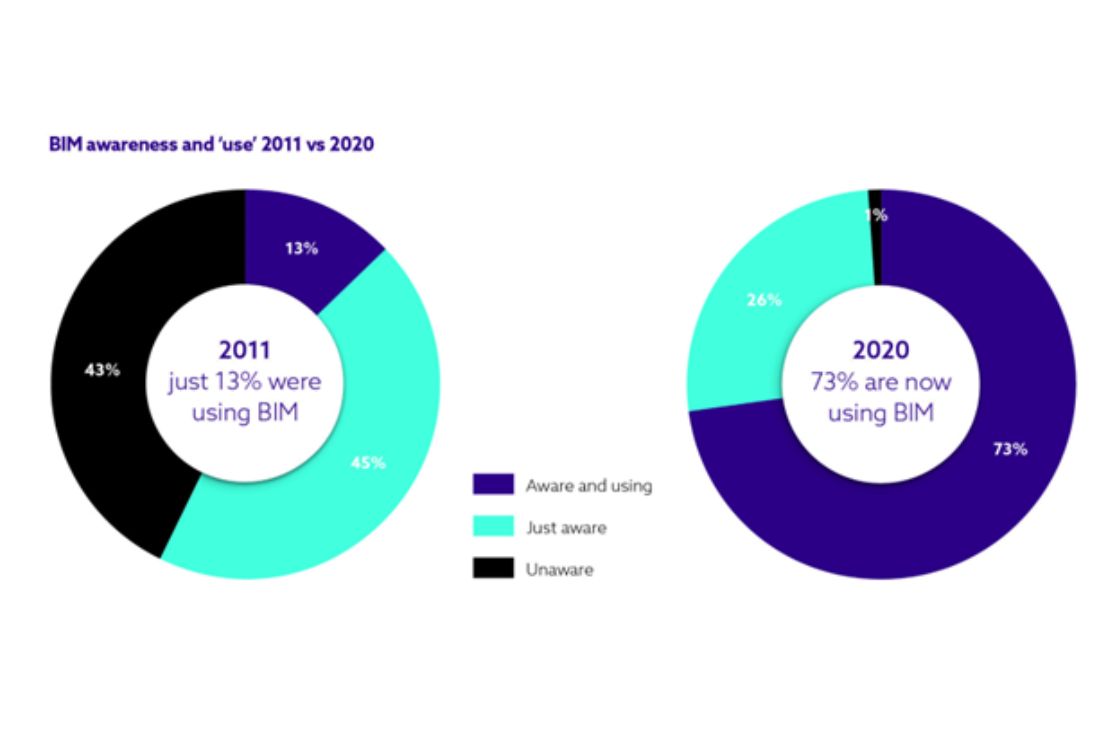Is BIM Worth Implementing on Small-Scale Projects?
As technology has paved its way into the AEC industry, about 80% of construction professionals believe that the face of the industry will be radically changed in the next 20 years. While the process has begun with the advent of BIM, the scale of adoption will increase in the coming years.
BIM has proven much more than a 3D modeling tool. It’s a methodology enabling efficient, collaborative, and clash-free work. While it benefits large-scale projects, does it have a worthy role to play in smaller projects? Let’s explore.
Why Are Small Projects Lagging Behind BIM Adoption?

While 36% of construction firms have adopted BIM, there are still 64% that have not. Among the percentage of firms not using BIM methodologies, the majority are small-scale. Rather, they’re still invested in the conventional CAD approach.
Smaller businesses are the last to adopt technology as it involves high rates of investment initially. The limitations caused by finances and the shortage of experts in the field make this transformation challenging. However, as the construction industry turns towards digitalization, smaller firms are slowly adopting it into their strategy.
7 Reasons Why BIM is Beneficial Irrespective of the Scale
1. Boosted Efficiency
The key to maximizing efficiency is clear communication, structured organization, and sound planning. With a construction project on the deck, BIM does the job. This methodology promises increased efficiency for any project, regardless of scale, with proper analysis and coordination.
2. Better Visualization

Whether it’s a small project or a large complex, it is best explained by 3D visualization. BIM platforms are the most reliant, in this case, for digitally constructing the design. Advanced technology, like point cloud to BIM, further offers digital twins of the structure. Visualization conveys the design better to clients and the construction team as well.
3. Scaled-down Time
BIM provides clarity of design, structure, and services. With effective 3D modeling, spool drawings, and clash detection, the designs perform better without clashes. As the time on feedback loops and revision gets cut down, the project can be delivered faster.
4. Minimized Errors
Multiple back and forth in a project increase the chances of errors while also making the team unproductive. BIM methodologies cut down the possibilities of human errors, which saves time, effort, and money. AEC professionals working on BIM platforms have reported a 37% reduction in design clashes.
5. Self-Reliant Projects
Utilizing cutting-edge technology, the entire process becomes automated. The latest BIM tools help in attaining self-reliance for the high-quality delivery of projects.
6. Streamlined Working

7. Establishes A Competitive Edge in the Industry
Small firms can gain a competitive edge and compete with larger organizations by switching to BIM. Real-time decision-making with a quick turnaround time can help small firms achieve competitive outcomes.
BIM – A Worthy Investment

Thoughtful investment in the right technology proves to be incredibly beneficial for small firms. Deploying the latest tools and process helps them pace up with digitization while also helping to achieve better ROI.
To get in touch with our team of experts, https://www.aeodc.com/
Common Queries
1. Is BIM worth adopting for smaller projects?
BIM can effortlessly enhance the quality of a project, aid in visualization, and streamline any small or large-scale project.
2. Can BIM be considered the future of the AEC industry?
The adoption of BIM has revolutionized the face of the construction industry, which is expected to strengthen further.
3. What is the percentage of small projects using BIM?
About 36% of small construction firms have adopted BIM in their methodology.
4. Why is Revit Architecture Modeling adequate for small projects?
The ability for clash detection, visualization, and quick analysis of design makes Revit structural modeling, architecture modeling and MEP coordination, an effective tool for small projects.



